Photographer Arvida Byström on Selfies and Gender Identity
The 22-year-old’s pink and glitter images are more subversive than they seem


Two years ago, Swedish artist Arvida Byström grew tired of the lack of jobs and places to live in her native Stockholm and left for London. Since then, she’s put on shows at her own gallery Gal in Limehouse, East London, and worked on a number of magazine and art projects. Recently, Byström’s art was featured in Petra Collins’ “Pussy Pat” show in New York, in “WIFI for WIFE” at Galleri Bon in Stockholm and directed the music video “Ful och Tråkig Tjej” for Swedish artist Little Jinder—in collaboration with Claire Kurylowski. She’s also a part of
The Ardorous, a collective of creative female professionals.

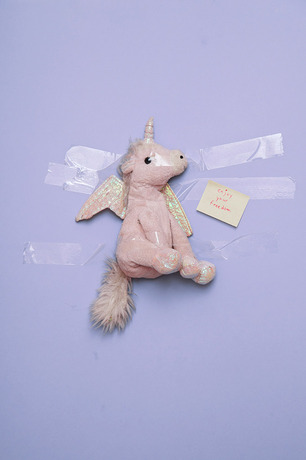
Byström began photographing when she was just 12 years old and her first commissioned work was for French Vice when she was 16, which got her connections at the Swedish and American editions of the publication and really jumpstarted her career. Now just 22, but already an experienced photographer, her style is immediately recognizable: she has a fondness for pink and glitter, and often uses herself as a subject. Byström’s art may be read as girly, but there is a subversive, couldn’t-care-less attitude that combines her ’90s aesthetic with a very modern take on femininity, sex, gender and identity.
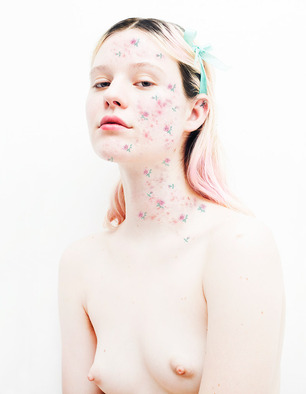

What inspires you?
It changes a lot. Lately I’ve been doing a lot of photography, but more for other people than for myself, and that means I’m inspired by whatever’s appropriate for the project. If I shoot artists, I try to stick to what they want me to do—which is sometimes tricky when they have an idea of what they like and think it’s the same thing I do. A lot of people believe I’m some kind of club kid; I barely go out! I understand that they’re interested in some kind of culture of decadence but I’m not into drugs, and it’s interesting to me how many people think I could create something that has to do with drugs.
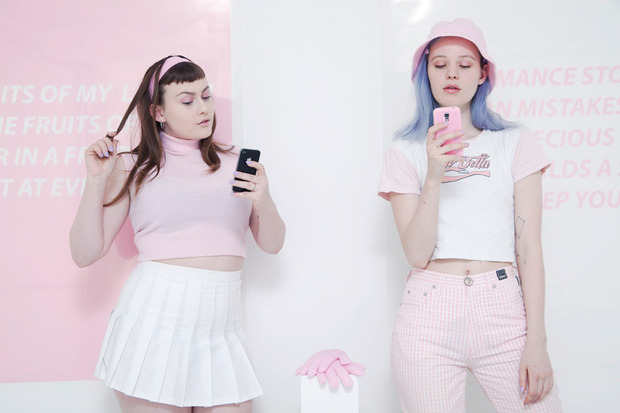
Why did you decide to start your gallery, Gal?
A friend and I started it because we had a studio space that would work as a gallery space, so we put on a few exhibitions. But I’ve been traveling a lot lately and the friend I had Gal with has moved. I’m not social in a way that makes me think it would be fun to run a gallery on my own. I’m an introverted person and to host events would just make me feel bad. But I really enjoy curating and recently put on a couple of shows in Denmark together with Maja Malou Lyse. I’d love to make more of my own art, but don’t have the time to create an entire show myself—and I enjoy putting other people’s art together.

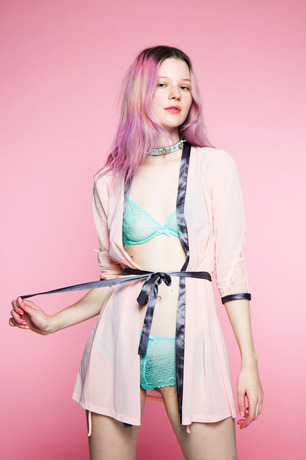
What do you think of the debate over whether selfies are inherently a good or bad thing? Your work often seems to come up as an example.
I was recently invited to a talk by a group at Oxford University together with two other female artists, one of whom hated selfies. And I realized that I’d forgotten that that’s the way it sometimes is: that people hate them. I’m sure I took selfies in a way that was harmful when I was 13-15, but I think anything I did then would have been damaging. Tweens and teens do a lot of harmful things in general—your body’s changing, your hormones are changing. The best thing we can do is talk about bodies and how they are different, and that the difference is a good thing. Taking selfies helped me come out of an eating disorder, because I dared to be more playful with my body. It let me question what I thought was pretty and ugly and why I thought so, and then I’d do the opposite or change things a bit and try out different ways of taking my own picture.
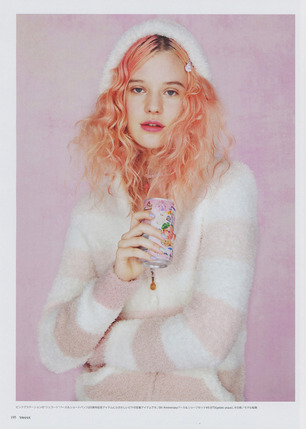
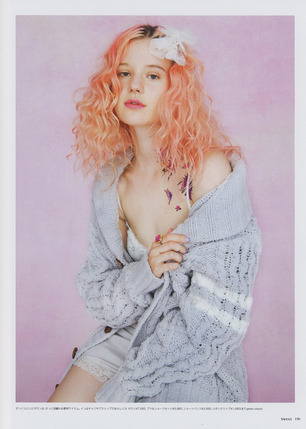
I started photographing myself because—as an introvert—I didn’t really dare to shoot anyone else.
How much impact has the internet had on your art?
I started photographing myself because—as an introvert—I didn’t really dare to shoot anyone else, and a lot of the time it was just me on my own in my room. That’s when the internet is good; it became a window to the world and I dared to share my work and get in touch with other people. So, for me, it’s been really good.
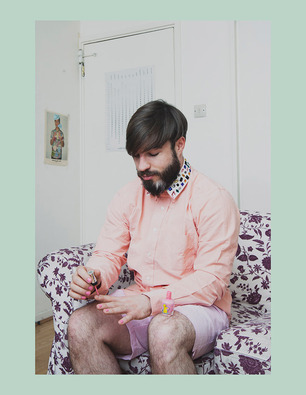
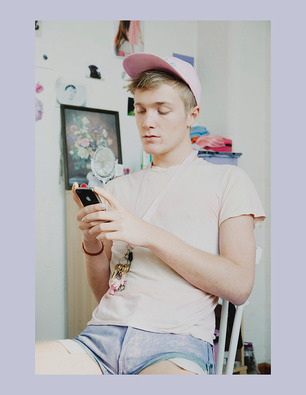
My art has a pretty specific femme style, and I think it’s important that that is taken seriously—my pictures aren’t ironic or sarcastic.
A lot of your work seems to center around femininity and playing with gender roles—why do you find those subjects fascinating?
My work expresses who I am, and I think femme things are really cute, so if I shoot a guy I will try to dress him in a way I like and if I shoot a series I want everyone to be portrayed the same way. My art has a pretty specific femme style, and I think it’s important that that is taken seriously—my pictures aren’t ironic or sarcastic. I like to take what can be seen as extreme and try to make it less so. I make feminist art, but that’s simply because I’m a feminist, not because I’m trying to make a statement. And I can find it a bit annoying that you’re always called a “female artist.” I was on the cover of the latest issue of the British Journal of Photography—which is always nice, but I didn’t know that it was for the “Women Only” issue. I probably wouldn’t have turned it down if I’d known, but it’s a bit frustrating when you see it afterwards. There’s a lot more to me than the fact that I’m a woman.
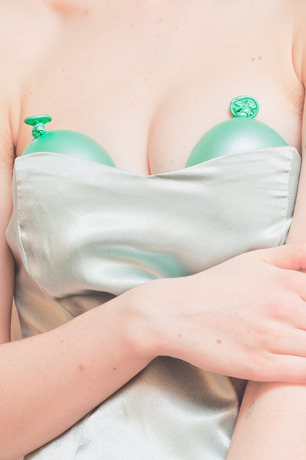

You get a lot of questions about why you don’t remove your body hair (and bodies in general) on your Tumblr—do you ever get tired of answering them?
Lately I’ve had a lot of people telling me that my answers are good and that makes me really happy, but I don’t think that what I say is especially strange; it reflects what’s around me, and my friends share my values. My Tumblr covers things that I like and it has taught me things too; there have been times when I’ve been guilty of cultural appropriation and then people have discussed it with me and I’ve been the one to listen and try to understand. I guess that’s why it’s good to answer people’s questions about these issues, so they realize that it’s possible to think this or that way.
You’re still young, do you have grand plans for the future?
I’m going to be splitting my time between Stockholm and London now and might try to focus more on directing. I like photography, but it’s very limited—I see myself more as an artist who uses photography. I’d love to start directing more but it can be a bit tricky when you have an introvert personality; you need to be in touch with a lot of people. But it feels like a challenge and I’d like to push myself a bit more—I know photography so well now.
Images courtesy of Arvida Byström












